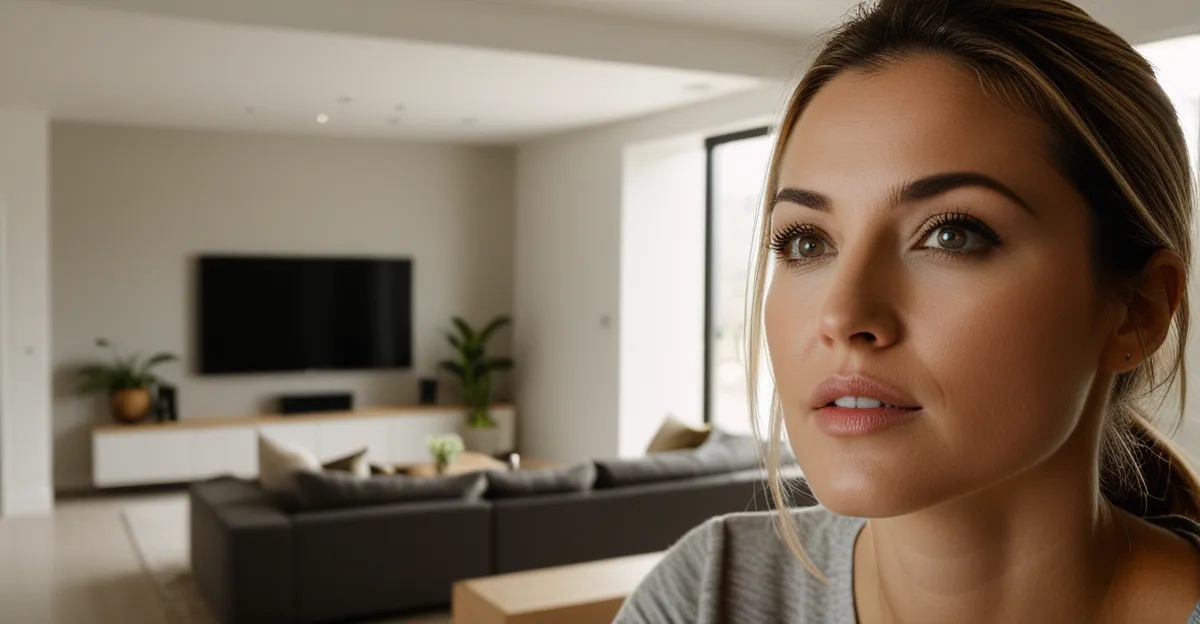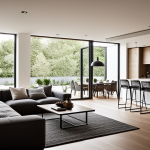Actionable Steps for Reducing Stress at Home
Small changes in your living space can make a big difference in stress reduction at home. Start with immediate decluttering techniques: tidying up visible clutter clears your mind and promotes calm. Psychologically, a neat space reduces anxiety and creates a sense of control.
Introducing nature is another effective, affordable approach. Using houseplants or natural materials like wooden decor can boost tranquility. Plants not only improve air quality but also connect you with the outdoors, fostering a peaceful environment.
In the same genre : How Can You Transform Your Living Space into a Multi-Functional Area?
Colour plays a vital role too. Soft, muted tones—such as pale blues or greens—are proven to have calming effects on the nervous system. This use of colour psychology helps create an atmosphere that naturally soothes stress. Avoid harsh, bright colours that may increase tension.
For a more immediate impact, combine these strategies: live plants nestled in calming blue walls and a clutter-free setup. Together, these simple, calming home tips forge a sanctuary that supports relaxation and stress relief every day.
Have you seen this : How Can UK Residents Transform Their Living Spaces into Eco-Friendly Havens?
Designing Interiors for Calmness and Well-being
Creating calming interiors starts with smart furniture arrangement. Position seating to face natural light or peaceful views, fostering a sense of openness and relaxation. Avoid cluttering the pathway to keep flow smooth, which helps reduce stress and encourages unwinding.
Lighting significantly impacts home design stress relief. Layered lighting—combining soft overhead lights, task lamps, and ambient sources—allows you to adjust mood based on the time of day or activity. Dimmable fixtures let you control intensity, supporting calmness or alertness as needed.
Sensory elements further enhance relaxation. Introducing calming scents like lavender or chamomile through candles or diffusers stimulates soothing feelings. Soft textures in throw pillows, blankets, or rugs invite tactile comfort, reducing tension. Incorporating gentle soundscapes—such as nature sounds or white noise—completes the sensory experience, crafting a truly stress-reducing home environment.
In sum, blending thoughtful layout, versatile lighting, and carefully chosen sensory touches guides your space toward elevated well-being and a peaceful atmosphere.
Expert-backed Methods and Science-Based Solutions
Scientific studies consistently highlight the science of stress reduction through thoughtful home environments. Biophilic design, which integrates natural elements, is proven to lower cortisol levels and enhance mood. Plants, natural light, and organic materials foster a connection to nature, actively promoting relaxation and mental clarity.
Minimalism plays a crucial role in effective mental health home design. Experts emphasize how organized, clutter-free spaces reduce cognitive overload, helping individuals feel more in control and less overwhelmed. This organisation not only improves focus but also supports emotional balance.
Affordable, expert calming home advice suggests small changes with big impact: adding simple greenery, choosing soothing colours, and maintaining tidy zones. These interventions are practical, accessible, and scientifically validated for sustained stress relief.
Incorporating these methods yields a stress-busting home tailored to wellbeing. Science supports the idea that intentional environmental choices can create nurturing spaces that ease anxiety and boost overall mental health. Understanding and applying these concepts empowers you to craft a genuinely calming home atmosphere.
Enhancing Mood Through Everyday Practices
Maintaining a stress-free living space relies on consistent daily stress reduction practices. Establish routines that prioritize tidiness and calm, such as setting aside time each day to declutter small areas. This prevents buildup, sustaining a peaceful environment effortlessly.
Mindful home routines play a vital role. Designate meditation zones or quiet corners to retreat and reset your mind. Creating unplugged spaces free from digital distractions helps reduce overstimulation, allowing mental rest. Effective tech management—like scheduled device-free times—supports focus and emotional balance.
Incorporate personal touches to boost emotional well-being. Display cherished photos, meaningful objects, or soothing colours that uplift your mood regularly. These memory markers anchor positive feelings and foster a connection to your space.
By weaving these daily stress reduction practices into your schedule, your home becomes a living sanctuary. Such mood-boosting home habits encourage relaxation, mental clarity, and emotional resilience. Over time, these small, manageable actions create a sustainable, calming environment with lasting benefits.







